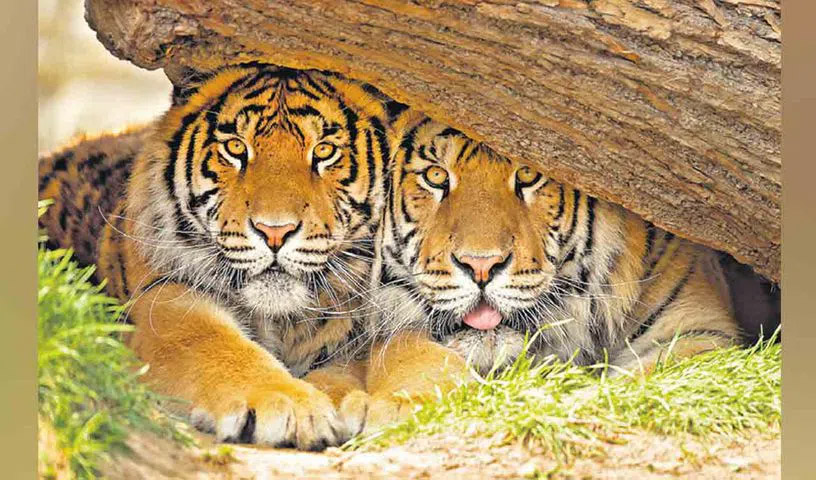TSRTC plans to educate citizens on ‘Tiger Conservation’

Hyderabad: The Telangana State Road Transport Corporation (TSRTC) is joining the campaign to spread awareness on tigers by coming up with a mobile photo exhibition highlighting the need to save and protect the big cats.
On the occasion of 50 years of Project Tiger which was launched in the country to conserve the tigers in the face of their declining numbers, the RTC is getting ready to have the photo exhibition on its ‘Hyderabad on Wheels’ bus. Being taken up as part of social responsibility, the corporation aims to create awareness on tigers among the citizens, with special focus on youngsters and students.
The travelling exhibition will have photos of tigers clicked by wildlife photographers including Prof.Jitender Govindani, Dean (Academics) of ICBM-School of Business Excellence. Apart from it, comprehensive information on tigers and need for their conservation will also be showcased.
“It is everyone’s responsibility to protect tigers, which are the mainstay of biodiversity.
Saving tigers is like saving the environment. With the intention to educate people on conservation of tigers and to make them participate in the process, the tiger exhibition is being planned,” said a senior TSRTC official.
The photo exhibition will be setup in the ‘Hyderabad on Wheels’ bus which is from Chengicherla depot and was used for the Indian Photo Festival exhibition last year. Officials plan to station this bus in crowded places across the city including parks, bus and railway stations, schools and colleges.
“Citizens are requested to support this innovative initiative which perhaps is being conducted for the first time in India. These kind of efforts add up to the bigger initiative of Project Tiger by ensuring more awareness and participation on part of the citizens,” the senior official said.
‘Project Tiger’, was started in 1973 in India to promote conservation of the animal in the country. It was started in the face of rapidly dwindling tiger population; so much so that the species was listed as ‘Endangered’ back then.





